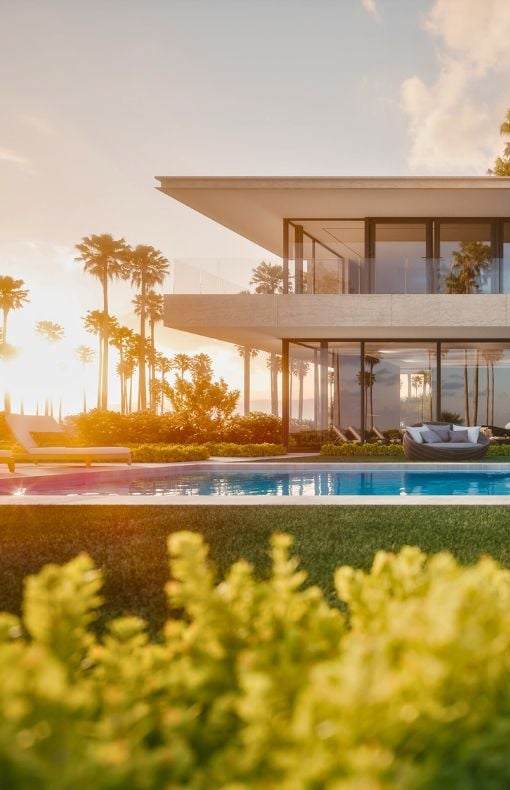SMART CITIES, SUSTAINABLE LIVING & URBAN GROWTH
Egypt’s Vision 2030 is reshaping urban planning. The goal: liveable, sustainable, data-driven cities that work for people and investors alike. The New Administrative Capital, New Alamein, and other projects are setting the standard, combining smart infrastructure, green design, and robust financing.
CONNECTED, SCALABLE MODELS
Egypt’s smart city framework began with Cairo’s Smart Village, IoT cores, district cooling, and walkable “15-minute” clusters that reduce commutes and emissions. This blueprint is being scaled to New Alamein, where a central data centre by Giza Systems will manage infrastructure, telecoms, security, and utilities.
In the New Administrative Capital, the 35-km Green River Park, the longest green hub in the world, will connect 20 neighbourhoods via tram, monorail, cycle lanes, and pedestrian routes. Designed for congestion relief and quality of life, it is a model for future urban development.
FINANCING FOR LONG-TERM VIABILITY
Ambition requires funding models that outlast projects. Since 2020, Egypt has used green bonds, sukuk, and low-interest sustainable loans to finance clean energy, transport, and smart infrastructure. The 2025 Integrated National Financing Strategy aligns these tools into a single roadmap, reducing early-stage risk through blended finance and tying returns to measurable outcomes like energy savings and emission cuts.
- 2020: First MENA sovereign green bond worth $750 million for clean transport and energy.
- 2023: $1.5 billion sukuk to expand the investor base.
- 2024: Local banks launch low-interest loans for rooftop solar and EVs.
- 2025: Integrated National Financing Strategy aligns green bonds, sukuk, and blended finance into one roadmap.
PEOPLE AT THE CENTRE
Smart cities mean little if they don’t work for everyone. Egypt’s model includes social benefits in its financing. Voluntary carbon markets let local start-ups earn from cutting emissions, with revenue going into public spaces and affordable housing.
Banks offer better loan rates when developers meet sustainability standards. That means greener buildings, shaded bus stops, flood-proof parks, and neighbourhoods designed for community life.
THE 2030 TAKEAWAY
Prime Minister Mostafa Madbouly summed it up: “Our cities must thrive longer than our loans.” Egypt’s model positions smart cities as fiscal ecosystems where infrastructure is future-ready, financing is resilient, and community benefit is built in from the start.
Cityscape | Aug 12, 2025


